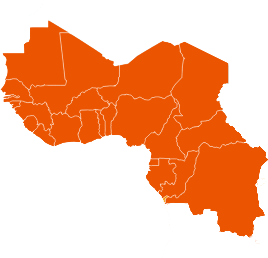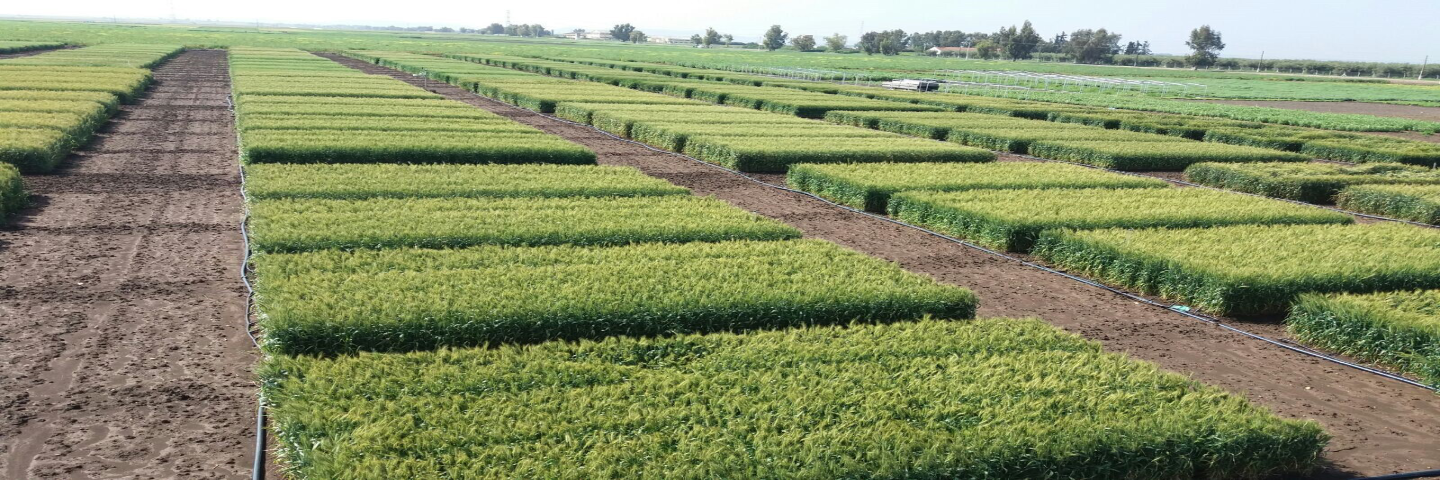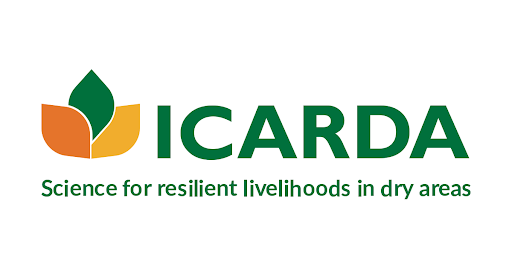Supplemental irrigation
BACKGROUND
Supplemental irrigation emerged in drylands to alleviate the shortcomings of suboptimal rainfall. It can stabilize dryland farming and increase the income of over two billion people worldwide
WHAT’S INVOLVED
Irrigation systems: As a result of trainings on water management through modern irrigation, farmers learn to efficiently use water as a public good.
High subsidies to farmers: Incentives are provided to encourage farmers to adopt drip irrigation and other modern technologies.
Field trials: Through field trials, farmers are provided with the right tools to increase crop productivity and yields and help feed their families.
EXPLORE THIS SOLUTION
Supplementary irrigation can offer:
- A climate-resilient practice to grow crops
- Water-management systems to save water

Countries involved
China, Ethiopia, Iran, Iraq, Jordan, Lebanon, Pakistan, Morocco, Syria, Tunisia, Turkey, Burkina Faso and Niger.
Project partners
Agricultural Research, Education and Extension Organization (AREEO) of Iran, General Commission for Scientific Agricultural Research (GCSAR) of Syria, Ankara Research Institute of Rural services, Ethiopian Institute for Agricultural Research (EIAR), Institute for Environment and Sustainable Development in Agriculture (IEDA) of Chinese Academy of Agricultural Science (CAAS); Institut National de la Recherche Agronomique (INRA) of Morocco, Institut National de la Agronomique Tunisia (INAT), Ministry of Agriculture and Water Resources, Iraq, Pakistan Agriculture Research Council (PARC)
Project dates
2000 – ongoing
Share this solution
Bookmark this solution
BookmarkShow Full Solution
Summary
Supplemental irrigation provides higher and more stable yields, a lower risk of crop failure and much higher crop water productivity, which together significantly improve farmers' incomes. Supplemental irrigation helps mitigate inconsistent seasonal rainfall, which is intensifying because of climate change. Already, frequent droughts cause substantial crop losses.
Challenge/Problem
Drylands make up about 41 per cent of the earth’s land area and are home to more than two billion people. In these areas, unpredictable and variable rainfall does not provide crops with the water they need, and dry spells are frequent. In West Asia and North Africa, for example, the soil’s annual water depletion exceeds rainfall. Along with highly irregular precipitation patterns worsened by climate change, these conditions can lead to periods of drought that substantially reduce yields. In some parts of the region, wheat yields are only one-third of their potential, which affects food security. Supplemental irrigation aims to address challenges related to food security and poverty by maximizing crop water productivity in dry farming systems while building resilience to a changing climate.
Solution
Supplemental irrigation (SI) refers to giving rainfed crops limited amounts of additional water during dry spells in order to improve and stabilize yields. SI is presented to farmers as a simple but highly effective package that allows them to plant and manage their crops while adapting to climate change. The solution provides farmers with a package including robust and mobile economy irrigation system, information on when and how much to water crops and advice on appropriate fertilization and crop varieties and diversity.
When precipitation is insufficient for normal crop growth, farmers can provide additional water by conventional surface irrigation or by sprinkling or drip, when possible. SI allows farmers to plant their crops early, increasing yields by mitigating the damage done by low-moisture environments. With SI, farmers can react to changing climate patterns by modifying planting dates and subsequent growing calender.
Countries in sub-Saharan Africa have launched their own programs based on this innovation from the International Center for Agricultural Research in the Dry Areas (ICARDA). The Food and Agriculture Organization’s (FAO) Global Alliance on Climate-Smart Agriculture (GACSA) promotes SI as a climate-smart practice, and the World Bank has used the research output on SI as an investment note for development clients. The solution was also part of an EU- and IFAD-funded project on food security involving UN institutions (FAO), agricultural development institutions and governments. For example, the Government of Morocco aided by subsidizing up to 100 per cent of the costs for farmers who installed drip irrigation.
Results
Supplemental irrigation benefited millions of farmers enhancing food security and resilience to climate change.
- Water use efficiency/water productivity: Using SI, farmers increased their water use efficiency from 0.50 to 0.99 kg/m3. On-farm water productivity was 2.5 kg/m3 under SI, compared to 0.3-1.0 kg/m3 under rainfed conditions and 0.75 kg/m3 under full irrigation. Using a cubic metre of water at the optimum time and with SI’s management package, a farmer could produce 2.0–3.5 more kilograms of grain than by rainfed production alone.
- Increased land productivity (yields): SI increased the productivity of rainfed crops. Indeed, field trials have shown massive (up to 400%) increases in wheat and barley yields with small quantities of SI. For example, wheat production in Syria increased from 2.4 million tons to over 4 million tons. In Yemen, SI increased the productivity of sesame by 103-120 per cent.
- Risk aversion: The practice is highly adaptive, and it provides a high return that helps mitigate risk of crop failure. A cost-benefit analysis showed that the wheat growing gross margin sustained a positive momentum over 10 years, with supplemental irrigation responsible for about one-third.
- Increase in income: The high adoption of this practice and resulting productivity gains have increased farmers’ per-hectare incomes by 35-50 per cent.
Lessons learned/Potential for replication
SI provides farmers with benefits such as higher incomes, lower risk, increased water productivity, and encouragement to adopt modern technology like seeds and fertilizer. However, it is crucial that farmers understand how to apply SI to maximize water use efficiency and productivity. The most important step is determining the best time to irrigate and the right amount of water to apply. Integrating improved cultural practices and varieties, in which extension and human capacity-building services can play major roles, is also important for achieving optimal results. SI was developed for semiarid environments in sub-Saharan Africa, including Burkina Faso and Niger, where rainfall comes in short bursts and dry spells are frequent. ICARDA and partners, including farming organizations, developed and optimized SI packages (including trainings) for rainfed cropping systems in Syria, Tunisia, Morocco, Iran, Iraq, Jordan, Lebanon, Yemen, Turkey, China and Pakistan. As policies prioritize rainfed agroecosystems, SI’s potential will grow.
Next Steps
Solutions providing “more crops per drop” of water will be essential in a changing climate. Indeed, simulation results highlight how SI can alleviate the negative impacts of climatic variability and climate change, especially on the predicted year-to-year variability in crop yields in the near future (2011–2050). SI, with continued support from relevant partners, has upcoming positive effects. Favourable policies for allocating water for dry farming and low-cost irrigation systems will be key issues for encouraging the rapid adoption of SI.
Last update: 25/05/2021



